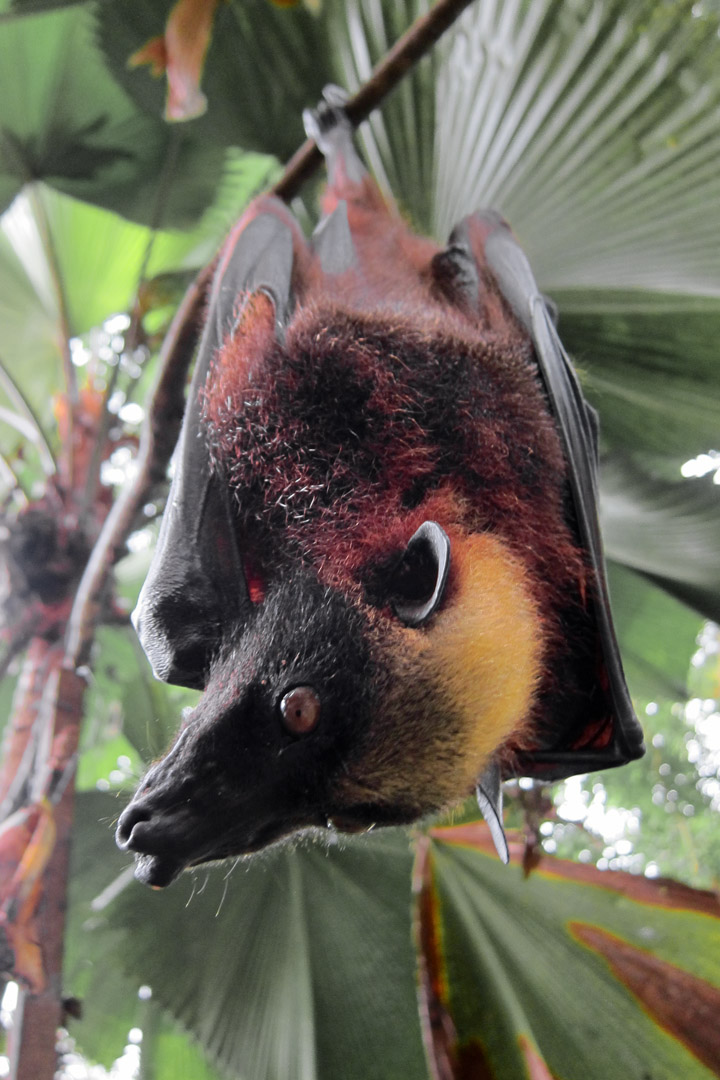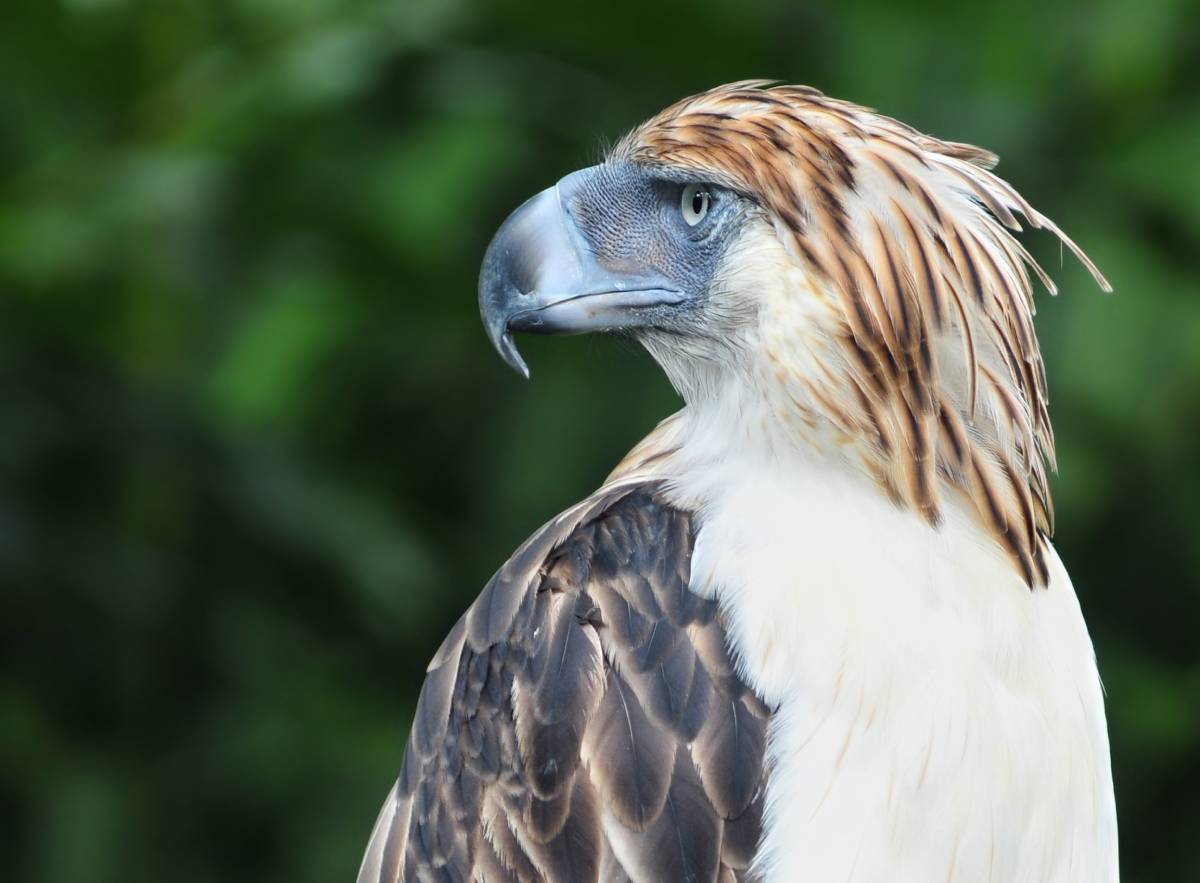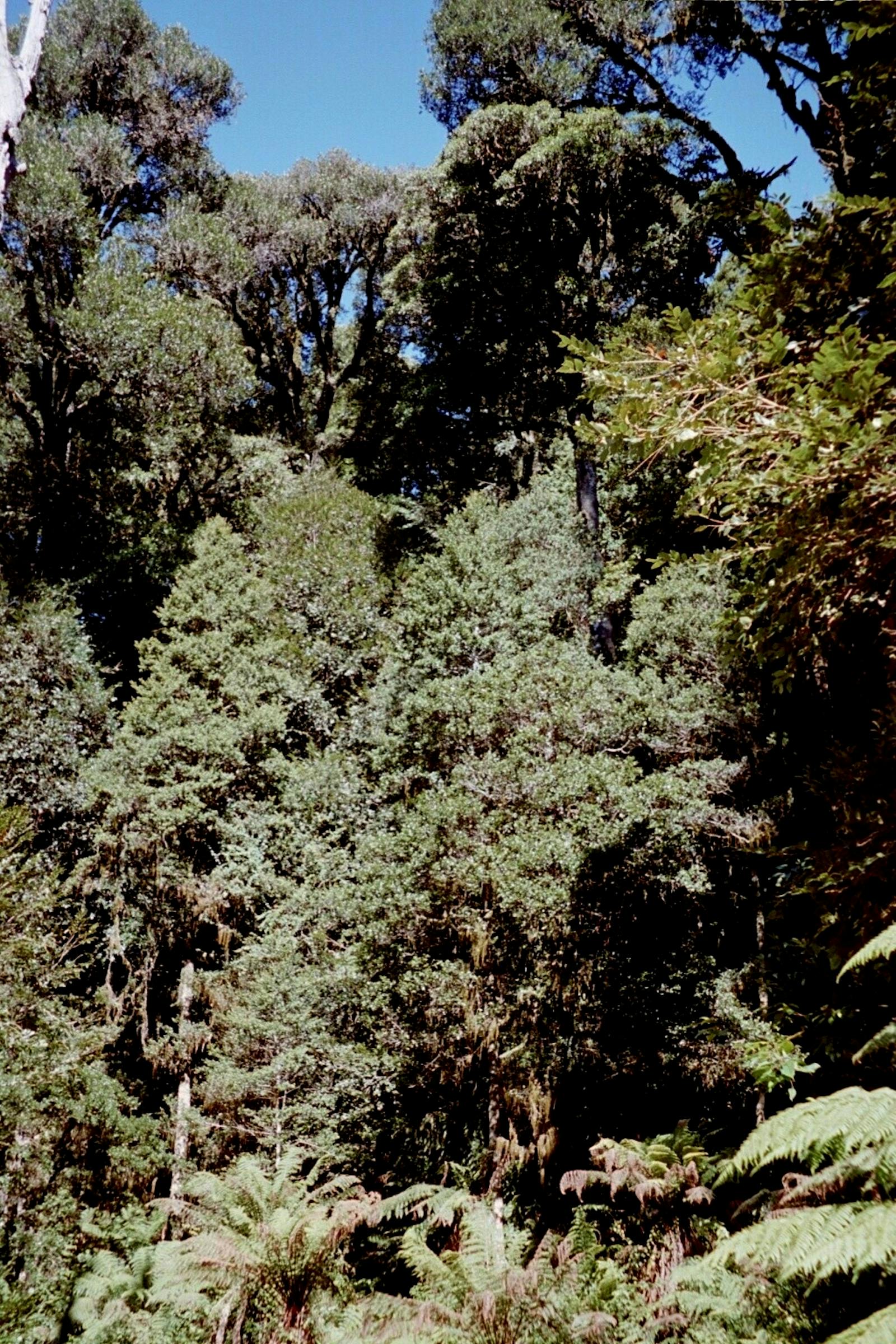Luzon Rainforests
The ecoregion’s land area is provided in units of 1,000 hectares. The conservation target is the Global Safety Net (GSN1) area for the given ecoregion. The protection level indicates the percentage of the GSN goal that is currently protected on a scale of 0-10. N/A means data is not available at this time.
Bioregion: Philippines & Sulu Sea Tropical Forests (IM15)
Realm: Indomalaya
Ecoregion Size (1000 ha):
9,542
Ecoregion ID:
241
Conservation Target:
43%
Protection Level:
2
States: Philippines
Surprisingly little is known about the ecology and behavior of the flying frogs in Philippine forests, except that there are at least two species in the Luzon rainforests, namely the panther flying frog and the frilled tree frog. Both live in the tall rainforest canopies and glide down to the forest floor to build foam nests that overhang streams and pools. Their eggs are laid in these nests and tadpoles develop in them, later emerging and dropping into the water to complete their metamorphoses. These frogs also glide across the forest canopy, covering over 15 m using the webbing between their extra-elongated fingers and toes as aerofoils.
.jpg)
The flagship species of the Luzon Rainforests ecoregion is the green racquet-tail. Image credit: Courtesy of Carmelo Lopez, iNaturalist
The Luzon Rainforests ecoregion covers the rainforests below 1,000 m on Luzon Island. A few isolated volcanic mountains in the south of the island that exceed 1,000 m, namely Maquiling, Banashaw, Isarog, Mayon, and Bulusan, are included in this ecoregion. Luzon has been isolated from other larger islands since it was formed about 27 million years ago, when about 10 smaller volcanic-origin islands coalesced, a process that went on until about a half million years ago. The climate is tropical, with a constant temperature of around 27°C. Rainfall occurs throughout the year, but increases from May to January, with an annual average of about 2,100 mm.
_CC-2008.jpg)
Ashy-breasted flycatcher. Image credit: Creative Commons
The forest vegetation is dominated by many species of the Dipterocarpaceae tree Family; notably, Anisoptera brunnea, A. thurifera, Dipterocarpus condorensis, D. gracilis, D. grandifloras, D. hasseltii, D. kerrii, D. kunstleri, D. validus, D. orbicularis, Hopea acuminate, H. cagayanensis, H. malibato, H. philippinensis, H. plagata, Parashorea malaanonan, Shorea almon, S. assamica, S. astylosa, S. contorta, S. falciferoides, S. guiso, S. malibato, S. negrosensis, S. squamata, S. polita, S. polysperma, Vatica mangachapoi, V. maritima, and V. odorata. The richness of these large, tall trees that comprise the 60 m high canopy and also emerge above it is a testament to the diversity of these forests. Other species in this assemblage are from Annonaceae, Bombacaceae, Meliaceae, Rhizophoraceae, Marantaceae and Ficus families.
Five species of the parasitic Rafflesia, which produces flowers that smell like rotting meat to attract pollinator flies, occur here, and four are endemic to the island. Several species of mice and rats are believed to be their seed dispersers.

Golden crowned flying fox. Image credit: Gregg Yan, Creative Commons
Most mammals in the ecoregion are small and endemic, a legacy of millennia of biogeographic isolation. The endemic species Isarog shrew-mouse, Isarog striped shrew-rat, and Isarog shrew-rat are restricted to volcanic peaks subsumed into this ecoregion. The larger species in the ecoregion includes subspecies of the Philippine brown deer and Philippine warty pig.
In the absence of large mammalian predators, the great Philippine eagle, also known as the monkey-eating eagle, has become the top predator in the ecosystem. This eagle is endemic to the Philippines and is the largest in the world. The endangered parrot, green racquet-tail, and the critically endangered Isabela oriole, once thought to be extinct, are endemic to this ecoregion.

Philippine eagle. Image credit: Creative Commons
The ecoregion has lost over three-fourths of its natural forests and just about 10% is protected, mostly on the eastern side of the island, leaving the species-rich forests in the west unprotected and vulnerable to deforestation from logging, shifting cultivation, and clearing for settlements—especially as the three largest cities in the Philippines, Manila, Quezon City, and Caloocan City, are here. Hunting is widespread.
Thus, the recommended priority conservation actions are to: 1) bring additional forests under a conservation areas network informed by a strategic assessment of biodiversity priorities; 2) protect the Key Biodiversity Areas outside the current reserve system; and 3) engage local communities in conservation and forest management.
Citations
1. Philippine Biodiversity Strategy and Action Plan. 2015-2028. Department of Environment and Natural Resources. https://www.cbd.int/doc/world/ph/ph-nbsap-v3-en.pdf downloaded 16 March 16, 2018
2. Heaney, L.R., Balete, D.S. & Rickart, E.A. (2016) The Mammals of Luzon Island: Biogeography and Natural History of a Philippine Fauna. Johns Hopkins University Press, Baltimore, MD.
3. Wikramanayake, E, E. Dinerstein, et al. 2002. Terrestrial Ecoregions of the Indo-Pacific: A Conservation Assessment. Island Press.



